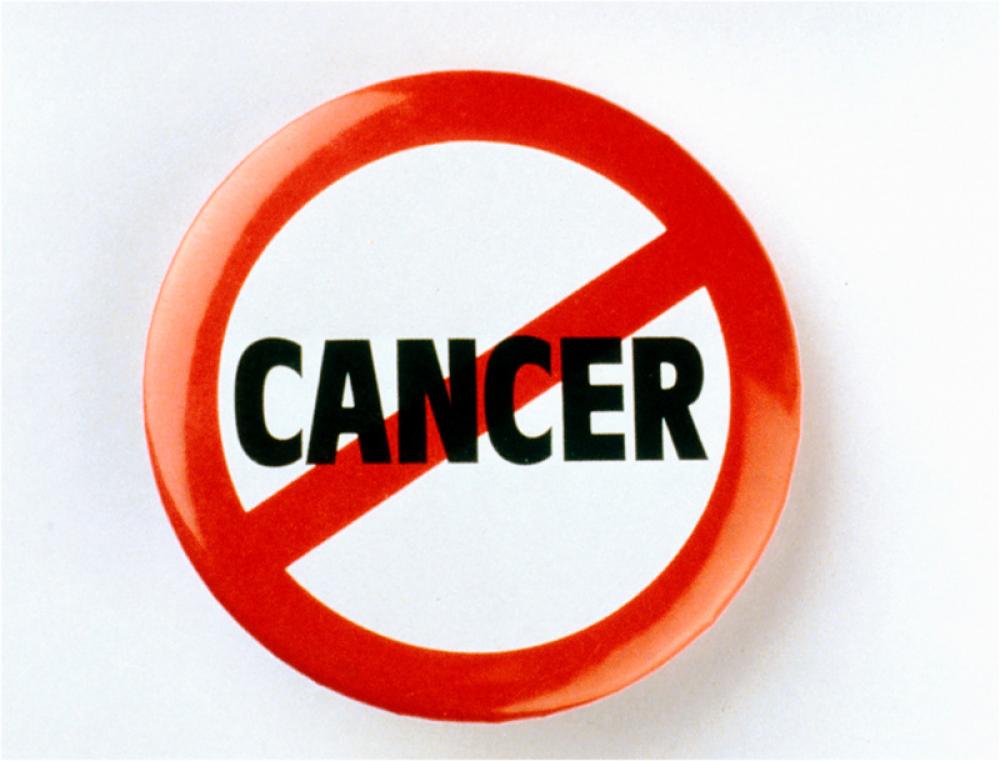Just Earth News | @justearthnews | 05 Sep 2023, 11:55 pm Print
 Cancer
Cancer Photo Courtesy: Unsplash
There’s been a striking 79% increase in new cases of cancer among the under 50s around the world over the past three decades (1990-2019), finds research published recently in the open access journal BMJ Oncology.
Breast cancer accounted for the highest number of ‘early onset’ cases in this age group in 2019.
But cancers of the windpipe (nasopharynx) and prostate have risen the fastest since 1990, the analysis reveals.
Cancers exacting the heaviest death toll and compromising health the most among younger adults in 2019 were those of the breast, windpipe, lung, bowel, and stomach.
The findings upend received wisdom about the types of cancers typically affecting the under 50s, a linked editorial suggests.
While cancer tends to be more common in older people, the evidence suggests that cases among the under 50s have been rising in many parts of the world since the 1990s.
But most of these studies have focused on regional and national differences; and few have looked at the issue from a global perspective or the risk factors for younger adults, say the researchers.
In a bid to plug these knowledge gaps, they drew on data from the Global Burden of Disease 2019 Study for 29 cancers in 204 countries and regions.
They looked at the incidence (new cases), deaths, health consequences (disability-adjusted life years or DALYs) and contributory risk factors for all those aged 14 to 49 to estimate annual percentage change between 1990 and 2019.
In 2019, new cancer diagnoses among the under 50s totalled 1.82 million, an increase of 79% on the 1990 figure.
Overall, breast cancer accounted for the largest number of these cases and associated deaths at 13.7 and 3.5/100,000 of the global population, respectively.
But new cases of early-onset windpipe and prostate cancers rose the fastest between 1990 and 2019, with estimated annual percentage changes of 2.28% and 2.23%, respectively.
At the other end of the spectrum, early onset liver cancer fell by an estimated 2.88% every year.
More than 1 million (1.06) under 50s died of cancer in 2019, an increase of just under 28% on the 1990 figure.
After cancer of the breast, cancers exacting the highest death toll and subsequent poor health were those of the windpipe, lung, stomach, and bowel, with the steepest increases in deaths among people with kidney or ovarian cancer.
The highest rates of early onset cancers in 2019 were in North America, Australasia, and Western Europe. But low to middle-income countries were also affected, with the highest death rates among the under 50s in Oceania, Eastern Europe, and Central Asia.
And in low to middle-income countries, early-onset cancer had a much greater impact on women than on men, in terms of both deaths and subsequent poor health.
Based on the observed trends for the past three decades, the researchers estimate that the global number of new early onset cancer cases and associated deaths will rise by a further 31% and 21%, respectively, in 2030, with those in their 40s the most at risk.
Genetic factors are likely to have a role, say the researchers.
But diets high in red meat and salt, and low in fruit and milk; alcohol consumption; and tobacco use are the main risk factors underlying the most common cancers among the under 50s, with physical inactivity, excess weight, and high blood sugar contributory factors, the data indicate.
The researchers acknowledge various limitations to their findings: principally, the variable quality of cancer registry data in different countries may have led to under-reporting and under-diagnosis, they suggest.
And it’s still not clear to what extent screening and early life exposure to environmental factors may be influencing the observed trends, they add.
But, point out doctors from the Centre for Public Health, Queen's University Belfast, in a linked editorial: “The findings…challenge perceptions of the type of cancer diagnosed in younger age groups.”
They emphasise:“Full understanding of the reasons driving the observed trends remains elusive, although lifestyle factors are likely contributing, and novel areas of research such as antibiotic usage, the gut microbiome, outdoor air pollution and early life exposures are being explored.”
They conclude: “Prevention and early detection measures are urgently required, along with identifying optimal treatment strategies for early-onset cancers, which should include a holistic approach addressing the unique supportive care needs of younger patients.”
They add: “There is a pressing need for partnership, collaboration and resource distribution at a global level in order to achieve these aims.”
- From thinning to thriving? New hair loss treatment is showing promising results in trials
- Surprising coffee link: Daily cups may slow ageing in severe mental illness
- Malaria crisis looms as WHO reveals explosive rise in drug resistance
- Study shows nanoplastics from bottles are not just pollution—They may be harming you from within
- Are birth control pills affecting your mental health? New study raises red flags



-1763561110.jpg)


